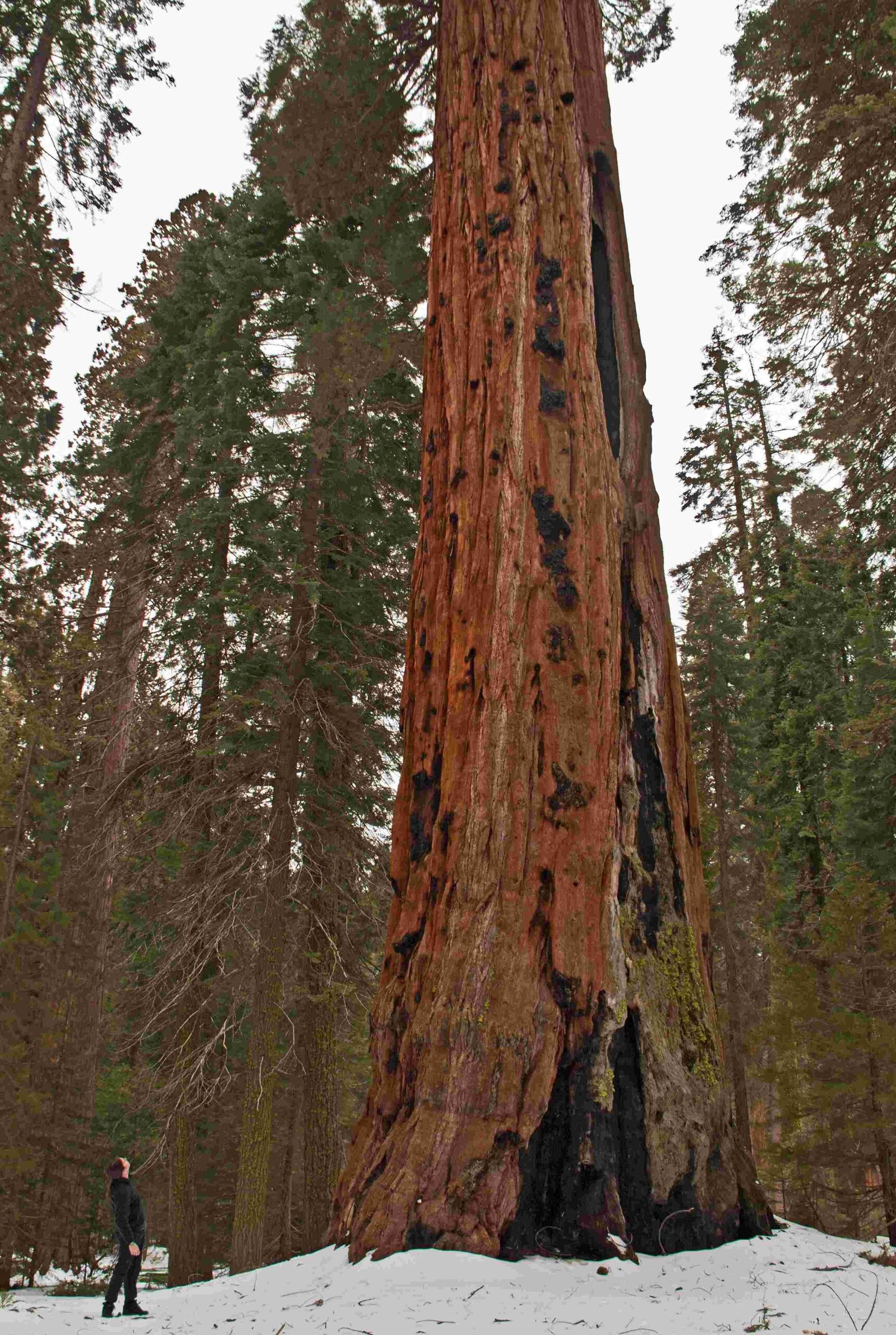The Sequoia National Park trails shapefile is a crucial GIS resource for hikers, park managers, and researchers. This digital dataset contains detailed information about the park’s extensive trail network, including trail locations, lengths, difficulty levels, and other attributes. Available in various GIS formats, the shapefile enables advanced spatial analysis and mapping of the park’s hiking routes.
What is the Sequoia National Park Trails Shapefile?

The Sequoia National Park trails shapefile is a geospatial dataset that represents the park’s trail network in a digital format. It includes:
- Vector data of trail paths
- Attribute information such as trail names, lengths, and difficulty levels
- Coordinate system information for accurate mapping
This shapefile serves as a foundation for creating detailed trail maps, conducting spatial analyses, and supporting park management decisions.
Where Can You Find the Sequoia National Park Trails Shapefile?

The trails shapefile for Sequoia National Park is available from several official sources:
- National Park Service (NPS) GIS Data Portal
- URL: NPS GIS Data Portal
-
Contains comprehensive GIS data for all national parks, including Sequoia
-
Sequoia and Kings Canyon National Parks Atlas
- URL: Sequoia & Kings Canyon Maps
-
Offers interactive maps and downloadable data specific to Sequoia and Kings Canyon
-
Sequoia and Kings Canyon National Parks Interactive Atlas
- URL: Interactive Atlas
- Provides an interactive platform to explore park data, including trails
What File Formats are Available for the Trails Shapefile?
The Sequoia National Park trails data is typically available in the following formats:
- ESRI Shapefile (.shp)
- ESRI File Geodatabase (.gdb)
- Google KML (.kml)
These formats ensure compatibility with a wide range of GIS software and mapping applications.
What Coordinate System Does the Shapefile Use?
The trails shapefile for Sequoia National Park usually employs one of the following coordinate systems:
- Universal Transverse Mercator (UTM)
- North American Datum 1983 (NAD 1983)
These systems provide accurate positioning and are compatible with other geospatial data for the region.
What Metadata Attributes are Included in the Trails Shapefile?
The shapefile contains various attributes that describe the trails:
| Attribute | Description |
|---|---|
| Trail Name | Official designation of the trail |
| Length | Distance of the trail in miles or kilometers |
| Difficulty | Rating of trail difficulty (e.g., easy, moderate, strenuous) |
| Surface Type | Material of the trail surface (e.g., dirt, gravel, paved) |
| Elevation Gain | Total elevation change along the trail |
| Maintenance Status | Current condition and maintenance level of the trail |
| Usage Restrictions | Any limitations or special regulations for trail use |
| Connections | Information on how the trail connects to other trails or facilities |
These attributes enable detailed analysis and mapping of the park’s trail system.
How Can You Use the Sequoia National Park Trails Shapefile?
The trails shapefile has numerous applications:
- Trail Planning and Navigation
- Create custom trail maps for hikers
-
Develop mobile apps for trail navigation
-
Park Management
- Analyze trail usage patterns
- Plan maintenance schedules
-
Assess environmental impact of trails
-
Research and Conservation
- Study wildlife movement along trails
-
Evaluate erosion and vegetation changes near trails
-
Emergency Response
- Plan rescue operations
- Identify evacuation routes
What GIS Software is Compatible with the Trails Shapefile?
The Sequoia National Park trails shapefile can be used with various GIS software:
- ArcGIS (ESRI)
- QGIS (Open Source)
- Google Earth Pro
- Global Mapper
- MapInfo Professional
Each software offers different tools and capabilities for working with the trails data.
How Can You Integrate the Trails Shapefile with Other Data?
The trails shapefile can be combined with other geospatial data for comprehensive analysis:
- Overlay with topographic maps for elevation profiles
- Combine with vegetation data to assess trail impacts on ecosystems
- Integrate with visitor use statistics for crowd management
- Merge with weather data for safety planning
What are Some Examples of GIS Analysis Using the Trails Shapefile?
Here are some practical applications of GIS analysis with the trails shapefile:
- Network Analysis
- Find the shortest route between two points
-
Calculate total hiking time based on trail difficulty and elevation change
-
Spatial Analysis
- Identify areas of high trail density
-
Locate potential sites for new trail development
-
Overlay Analysis
- Assess trail proximity to sensitive habitats
-
Determine areas prone to landslides or flooding along trails
-
Accessibility Analysis
- Identify trails suitable for different user groups (e.g., wheelchair accessible)
- Plan improvements for trail accessibility
What Amenities and Facilities are Associated with the Trails?
The trails shapefile can be used to locate and manage various amenities:
- Trailheads and parking areas
- Campgrounds and backcountry campsites
- Visitor centers and information kiosks
- Scenic viewpoints and interpretive sites
- Water sources and restroom facilities
Are There Any Costs or Regulations for Using the Trails Data?
While the trails shapefile is typically free to download, users should be aware of:
- Attribution requirements when using the data in publications or applications
- Potential restrictions on commercial use of the data
- Park entrance fees for on-site data collection or verification
Always check the specific licensing and usage terms provided with the dataset.
How Often is the Trails Shapefile Updated?
The frequency of updates to the Sequoia National Park trails shapefile varies:
- Major updates may occur annually
- Minor updates could be more frequent, especially for trail status changes
- Check the metadata or contact the NPS GIS team for the most current information
Regular updates ensure that the shapefile reflects the latest trail conditions and park developments.
By leveraging the Sequoia National Park trails shapefile, users can gain valuable insights into the park’s trail system, support conservation efforts, and enhance the visitor experience. Whether for personal exploration or professional analysis, this geospatial resource offers a wealth of information about one of America’s most iconic national parks.
References:
1. NPS GIS Data Portal
2. Sequoia & Kings Canyon Maps
3. Interactive Atlas

